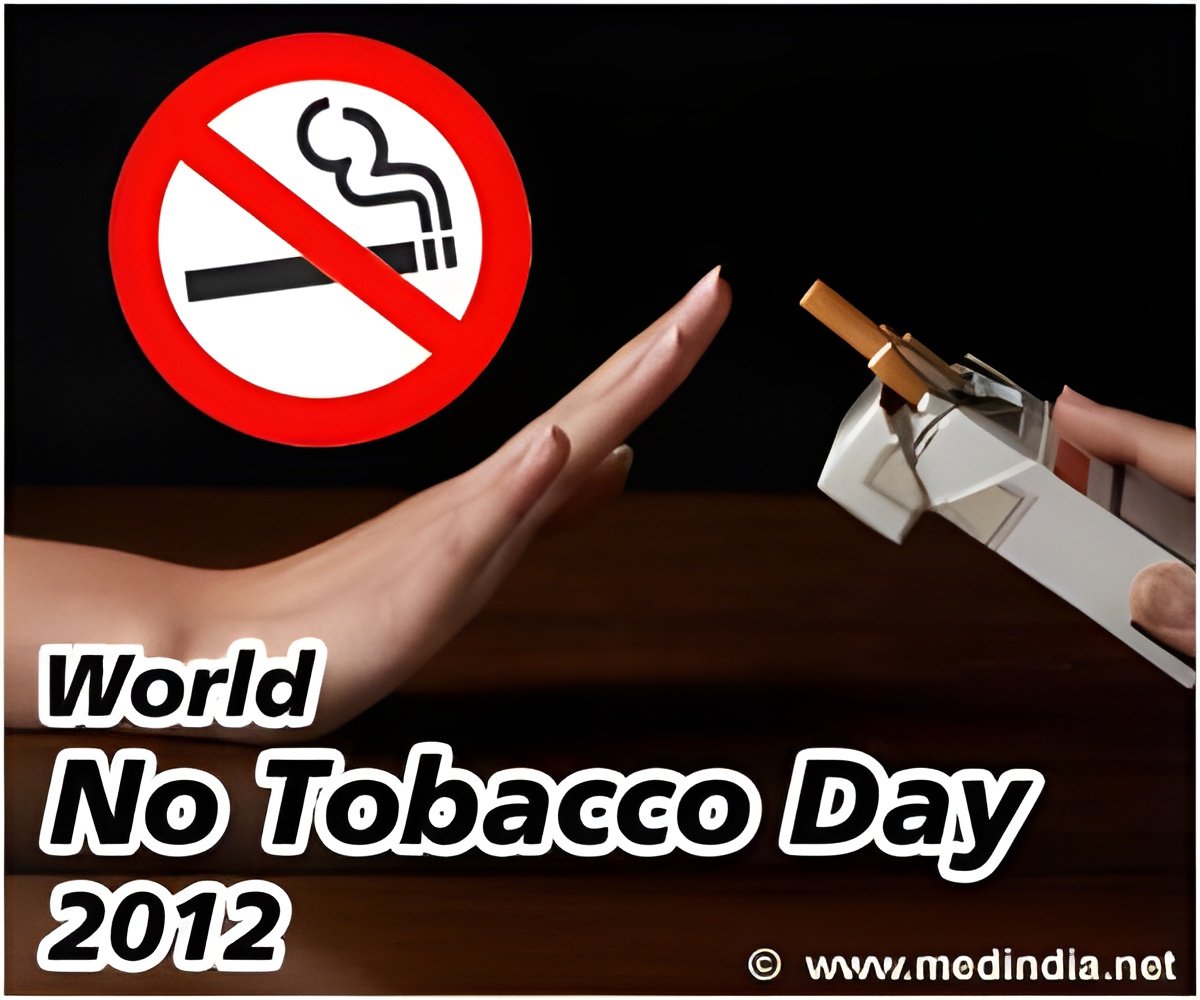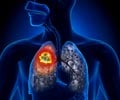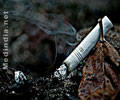World No Tobacco Day (WNTD) is observed globally around the world every year on May 31. The theme of WNTD 2012 is Tobacco industry interference

In the past two decades, WNTD has been both welcomed and resisted world-wide by smokers, governments, public health organizations, tobacco growers, and the tobacco industry.
The theme of World No Tobacco Day 2012 is “Tobacco industry interference”.
It is important to understand the functioning of the tobacco industry in order to successfully implement control policies. There is an overwhelming need to expose and counter the brazen aggressiveness of the industry and its repeated attempts to undermine the control efforts that are carried out globally. This year’s campaign will focus on the massive interference that policy makers and the anti-tobacco lobby face from the tobacco industry.
Tobacco, which kills nearly 6 million people around the world each year, including more than 600,000 who die from exposure to second-hand smoke, is among the world’s leading preventable causes of death. By 2030, it is expected to kill more than 8 million people, of which 80% would belong to low and middle-income countries. Also, increased health-care costs and decreased productivity that occur as a result of tobacco usage, takes its toll on economies.
There is a pressing need to protect the present and future generations from the various consequences of tobacco exposure. By implementing control measures in the WHO Framework Convention on Tobacco Control (WHO FCTC), governments reduce the heavy burden of disease and death that is attributable to tobacco use or exposure.
Health hazards of tobacco usage include heart disease, stroke, premature ageing, respiratory problems, impotency, pregnancy –related complications and cancer (of the lung, mouth, throat, larynx, bladder, cervix, kidney and even certain types of leukemia)
There are many medications that are considered safe to counter tobacco dependence. Nicotine replacement therapy is a good way to manage nicotine dependence. It involves administering nicotine, (without the other harmful products in the tobacco) in the form of patches, chewing gum, inhaler, nasal spray or lozenges.
If a person has tried to quit tobacco and has not succeeded then he must seek help. A different medication or a different dosage of the same medication might be useful. Counseling and support groups have also helped many to quit tobacco.
Quitting may not be easy but it is definitely possible. The earlier it is done, the greater are the chances to save life!
Source-Medindia











